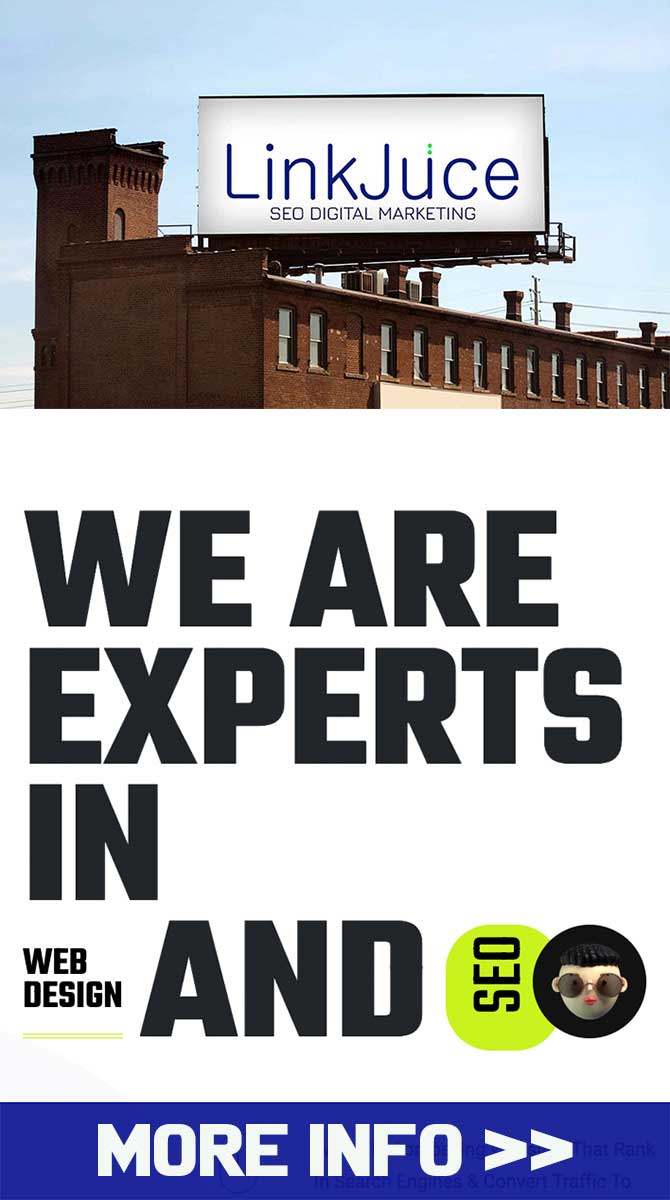Marketing channels are essential tools for businesses to reach their target audience and generate sales. There are many different types of marketing channels, each with its own advantages and disadvantages. The three most popular marketing channels today are email, social media, and text marketing. Content marketing is one of the most important marketing strategies, as it involves creating and distributing valuable, relevant, and coherent content to attract and retain a clearly defined audience.
To dominate the content marketing channel, it is important to get to know your audience intimately. This will help you personalize your content to suit the tastes of your customers, minimizing the time, effort, and financial investment you spend producing content that doesn't meet their expectations. Most entrepreneurs use at least 13 different content marketing tactics, since content marketing is most effective when distributed in several formats and on multiple platforms. To truly master the game of content marketing, make sure you know exactly what each content does to boost your business. You can't afford to waste time and money turning your wheels and developing content that doesn't generate results. Better yet, affiliate marketing can leave the door open for your business to start generating passive or residual income.
If you can find a business partner or product that you like and get a share of their profits by simply incorporating their marketing into your content, why wouldn't you want to invest? Incorporating their brand into your content could not only attract a wider audience and traffic that you otherwise wouldn't have seen, but you could also make a lot of money in the process with almost no extra effort.
Direct selling
is another popular marketing channel that involves a professional communicating directly with potential customers. These interactions usually happen one at a time and may work better for smaller companies. Direct selling often includes marketing aimed at people you know. This type of marketing channel focuses on informing people about the product and making a sale directly through information, photos or your testimonial about the usefulness of the product. Network marketing is another representation of a communication marketing channel.Catalog
s are another type of communication marketing channel.A catalog can include prices, product descriptions, or images of the options. The viewer then selects the products they want from the catalog and places an order. This channel can eliminate the need to interact face-to-face with a potential customer. It also provides the customer with an opportunity to choose from a wide range of options. The direct catalog method can work if you sell a variety of different products and want to offer the customer some options.
Like direct selling, network marketing is a channel where sellers use their personal networks to make sales. For example, they can market a product on their personal social networks to alert their family and friends about the product.
Events
can also serve as a marketing channel, as it allows marketers to communicate with potential customers in a unique context. You can organize an event that has a specific purpose, such as promoting a new line of products. It's important to ensure that these events provide customers with an opportunity to ask questions about the product, understand its value, and possibly make a purchase. The events themselves require marketing so that people know the location, time, and other logistical aspects of the event itself.A marketing event is both a communication and distribution marketing channel, since customers can purchase a product while they attend. The three types of distribution channels are wholesalers, retailers, and direct-to-consumer sales. Wholesalers are intermediary companies that purchase large quantities of products from a manufacturer and then resell them to retailers or, sometimes, to end consumers themselves. Retailers are generally the customers of wholesalers and offer personalized customer service to end customers. Finally, direct consumer sales occur when the manufacturer sells directly to the end customer, for example, when the sale is made directly through an e-commerce platform. With direct channels, the company is fully responsible for delivering products to consumers.
Goods do not go through intermediaries before reaching their final destination. This model gives manufacturers full control over the distribution channel. In the case of indirect channels, products are delivered by intermediaries, not by sellers. Hybrid channels are a mix of direct and indirect channels. At level 1, the manufacturer sells the products to the distributor, who can sell them to consumers through retailers or wholesalers.
Level 3 channels are a traditional distribution model. After all, unless you choose to use direct channels, they will also be responsible for sales results. Different marketing channels provide various benefits but most companies can find a way to use different channels in their marketing strategies to meet business objectives. SEO is one of the main marketing strategies for B2B marketers due to its popularity on websites. Marketing channels are tools that marketers use to establish a connection between a manufacturer or company and a group of potential customers. The main tasks of a distributor are to study the market and create consumer databases; advertise products; organize services for delivery; store inventory levels; create stable sales networks including dealers; and other intermediaries depending on market situation. This type of marketing requires knowledge about different types of channels available in order to choose which ones best suit your business needs.
With this knowledge in hand you will be able to create an effective strategy that will help you reach your goals.









